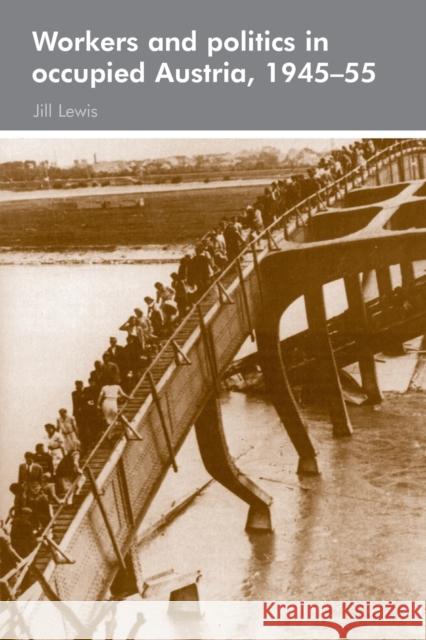Workers and Politics in Occupied Austria, 1945-55 » książka
Workers and Politics in Occupied Austria, 1945-55
ISBN-13: 9780719073519 / Angielski / Miękka / 2015 / 232 str.
In March 1946 Winston Churchill warned the world about the 'Iron Curtain' that had descended across Europe and behind which now lay, he said, the eight capitals of the ancient states of central and Eastern Europe. In fact, one of these eight, Vienna, escaped absorption into the Soviet bloc. Between 1945 and 1955, Austria and its capital were occupied by the Four (increasingly mutually antagonistic) Allied Powers. During this decade of confusion, insecurity, suspicion and fear, and confronted by poverty and the threat of famine, Austria's political and economic elites joined forces to promote a culture of political unity and harmony from which eventually emerged the Austrian model of corporatism, commonly referred to as the Social Partnership. Conservatives, Socialists and Communists initially co-operated in a coalition government, industrialists embraced nationalisation, and union leaders abandoned class conflict, accepting wage controls in return for a role in national policy formation. However, by 1948 the two Super-Powers were competing for influence in the country: the USA through the Marshall Plan and the USSR by asserting what it considered to be its rights in the country. Food shortages and low wages started to lead to grass-roots protest, which union leaders opposed and Austrian Communists sought to exploit. These culminated in two mass strikes in 1950, wrongly dubbed the 'September Putsch'. This book sets the social and economic difficulties that Austria encountered in this crucial decade in their international context and examines how they were contained. The author also discusses the long-term implications of the Austrian culture of consensus, not only for the way in which the country dealt with its recent past, but also for present-day political developments. A remarkable study that will be essential reading for students and scholars of twentieth-century European history.











